Is setting up a hydroponic garden part of your goals? It is no secret that a hydroponic system has proven to have several benefits for its growers such as:
- Less water consumption
- Efficient plant growth
- Bigger yields
But before you fully commit to turning your hydroponics dream into reality, you should first decide on the type of growing medium to use. And because there are so many in the market, this decision can get quite challenging!
We find it noteworthy to mention that vermiculite is a popular choice among hydroponic growers. This substrate has several advantages to offer that makes it the obvious choice for many.
- Related article: Growing Medium for Hydroponics
If you are curious to know what those advantages are, then keep on scrolling to know more about this popular type of hydroponic growing media.
What Is Vermiculite?
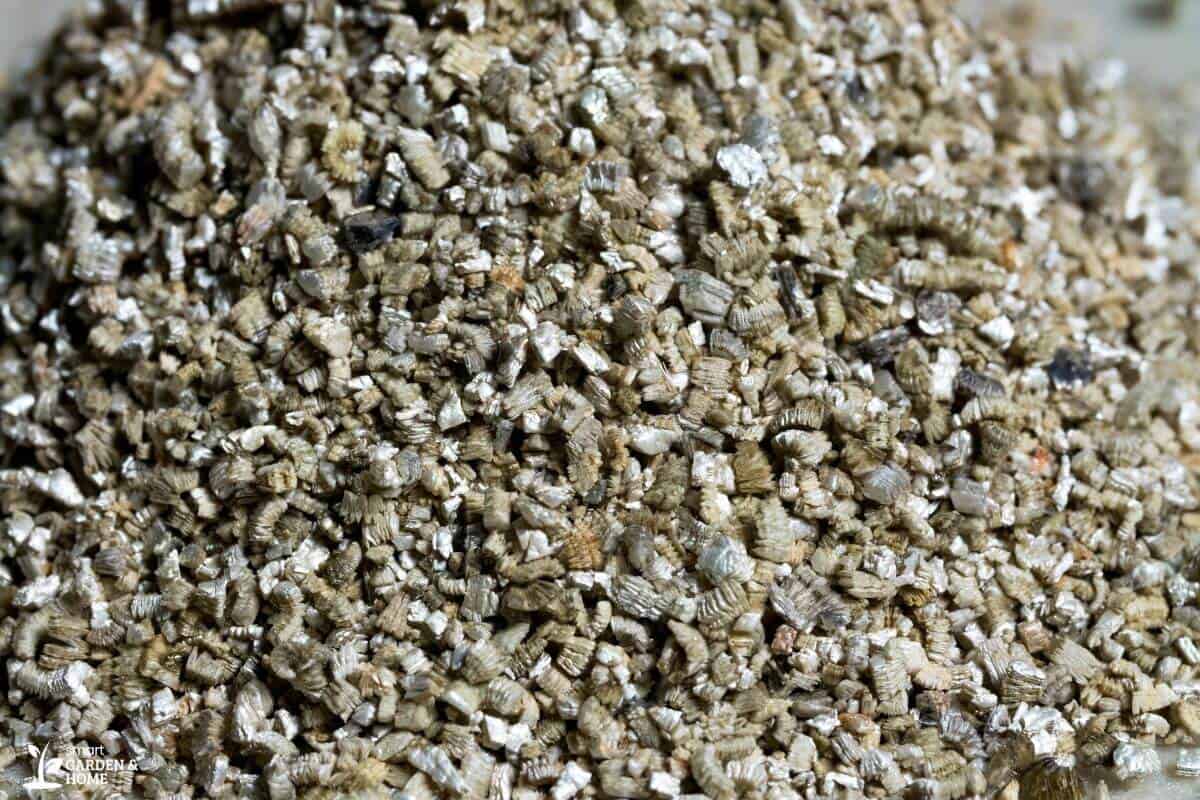
Vermiculite is a hydrated form of laminar mineral that resembles mica.
This natural mineral is processed by exposing it to intense heat, which expands it to relatively small, and odorless pellets.
Vermiculite is a non-toxic, moisture-resistant growing medium. It has a pH-neutral base, is lightweight, and can retain water exceptionally well.
Vermiculite’s primary trait is its phenomenal ability to hold water. Its structure gives it a very high water-holding capacity. Those airy open layers contain many charged particles that pull water deep inside, holding it tight.
That same electrical charge gives vermiculite an excellent Cation Exchange Capacity. To put it simply, a high cation exchange capacity material tightly holds the mineral salts that provide fertility to your nutrient solution.
The vermiculite will hold onto vital nutrients even as the water is used by the plant or drains through. It also comes with a small amount of its own nutrition, mostly in the form of potassium and magnesium.
Benefits of Vermiculite as a Growing Medium
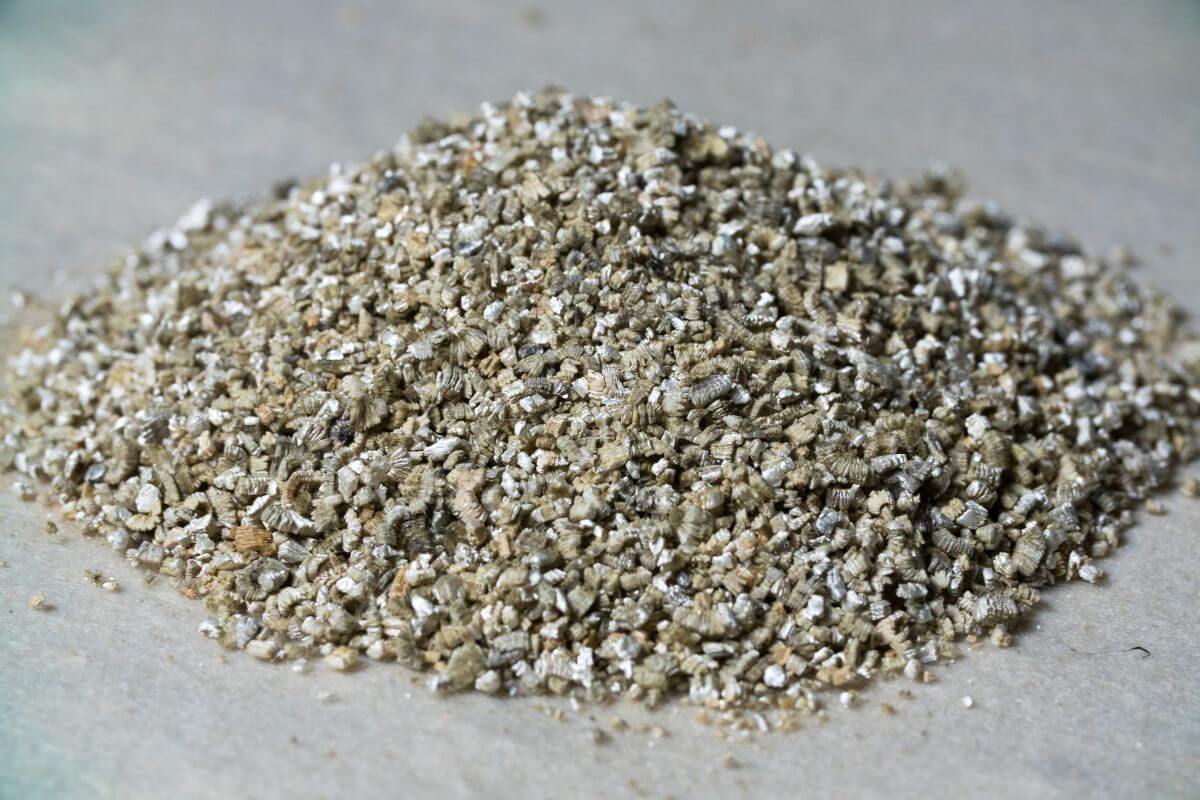
As mentioned above, vermiculite has some exceptional qualities that place it among one of the most used hydroponic growing mediums. Here are some advantages of vermiculite:
1. Water Retention
The only way that plants can be fed in a hydroponic system is through the water solution that is absorbed by their roots.
This means that healthy root systems are not the only thing that matters. Plants should also be fed at regular intervals.
Another thing that can help is if they are planted in mediums that can retain not only moisture but also nutrients. Vermiculite is a perfect substrate to serve this purpose.
They keep the rooting system of plants moist, prevents them from drying out, and keeps the nutrient from the solution intact.
2. Requires Less Water
In dry climates, water is a precious resource. Vermiculite can store large amounts of water so you don’t have to worry about watering your hydroponic plants frequently.
Vermiculite can also be added to other growing mediums to improve their water retention. It is often added to soil gardens with sandier soil, to aid in increasing water retention levels.
3. Re-Use
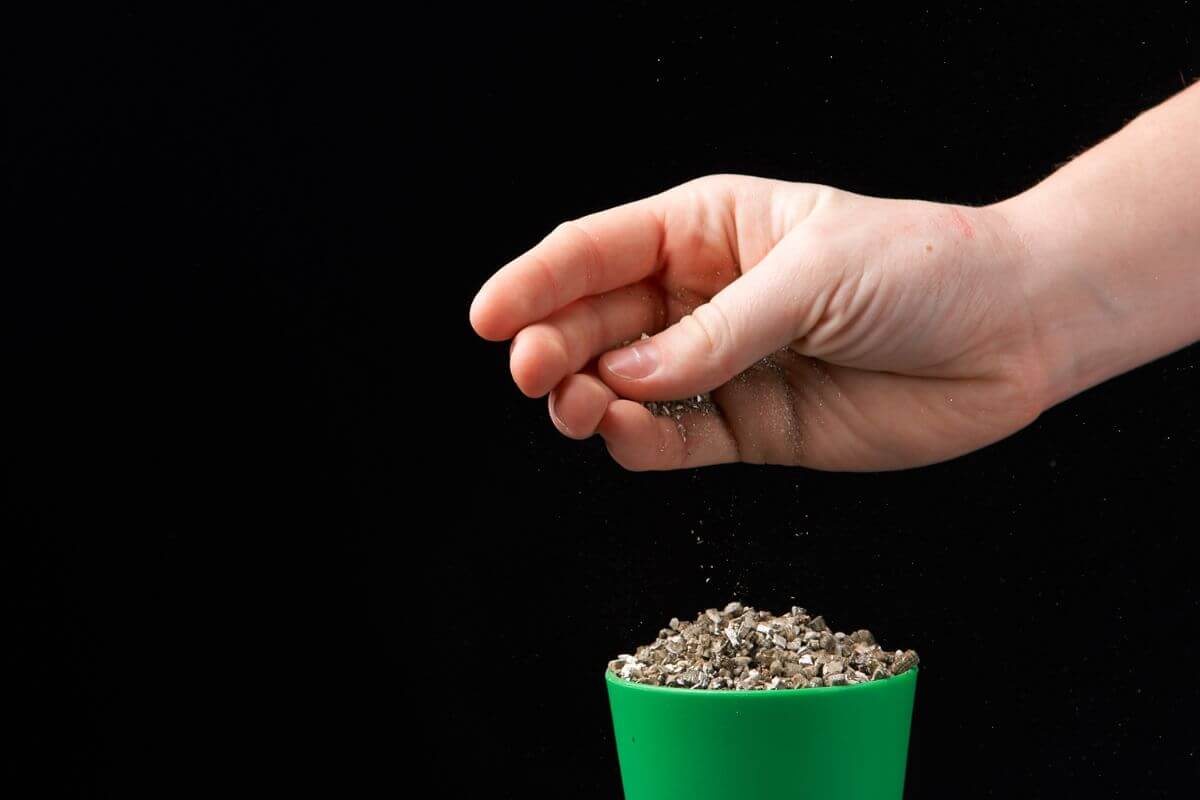
If you are wanting to reuse your growing medium over and over again, then you should consider using vermiculite. Vermiculite is processed by the intense heat that expands it into accordion-shaped pellets.
These pellets are composed of multiple layers of thin plates. One of the great things about using vermiculite is that it does not rot or deteriorate over time so it would be perfect to grow your long-term crops.
You can simply remove it from harvested plants, rinse the excess dirt, and reuse it.
4. PH Neutral Base
The pH balance of your hydroponic system plays an important role in the nutrient uptake of a plant.
Vermiculite has a pH-neutral base and this neutral base will allow you to correctly adjust the pH levels of your water, without it being altered by your growing medium.
It will take a lot to shift vermiculite away from its baseline neutral pH that it can even tank acid damage on plants. Now that’s what you call reliable!
5. Lightweight Growing Medium
Some growing mediums are heavy and will tend to become clumpy. These growing mediums will often suffocate delicate hydroponic plant roots.
Thankfully, vermiculite is a lightweight growing medium that allows hydroponic plant roots to penetrate through and absorb oxygen and nutrients from the water.
Disadvantages of Vermiculite as a Growing Medium
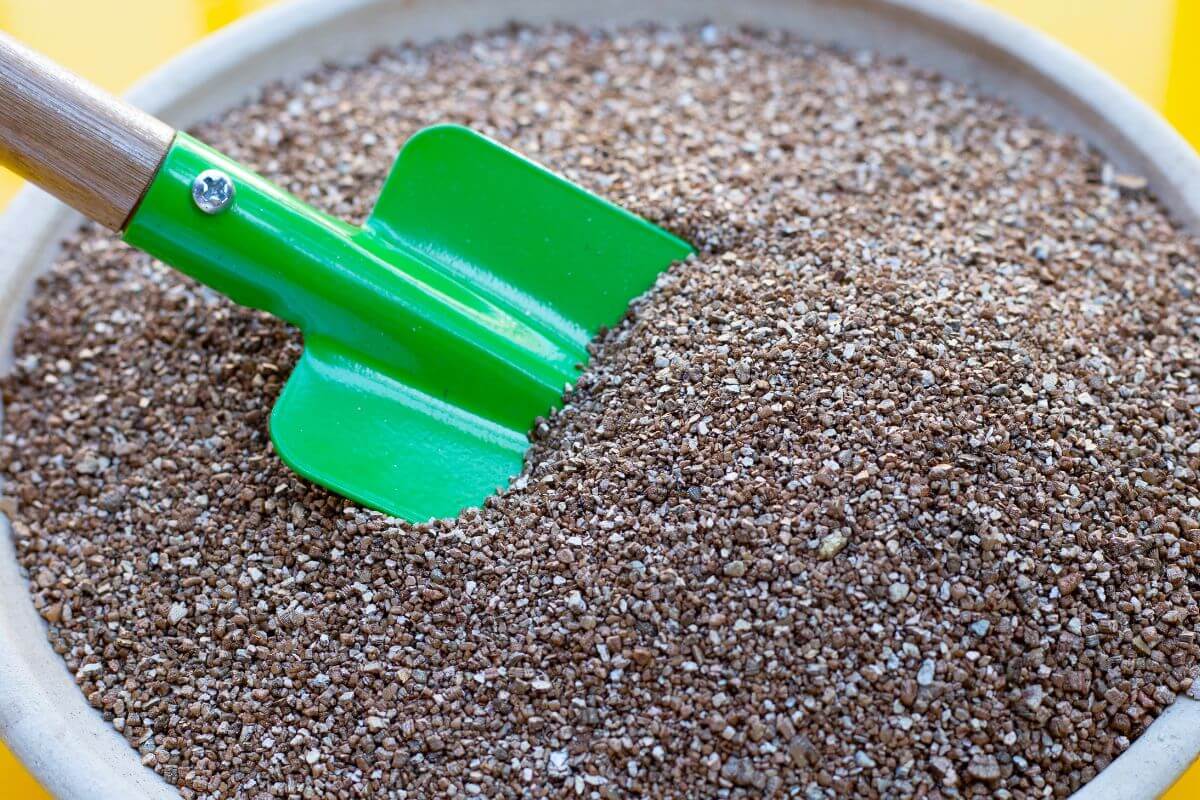
There are also some disadvantages to using vermiculite as a growing medium. Below, we have listed several of them:
1. Poor Drainage
Vermiculite is an excellent water retention agent as it can absorb large amounts of water. However, this leads us to one drawback of vermiculite, which is poor drainage.
Vermiculite is often used as an additive to other growing mediums that have poor water retention such as coconut coir.
Coconut coir is made from the husk of coconuts so it is highly breathable and can’t retain much moisture. Aside from coconut coir, perlite with vermiculite also facilitates aeration and improves drainage.
2. Expensive
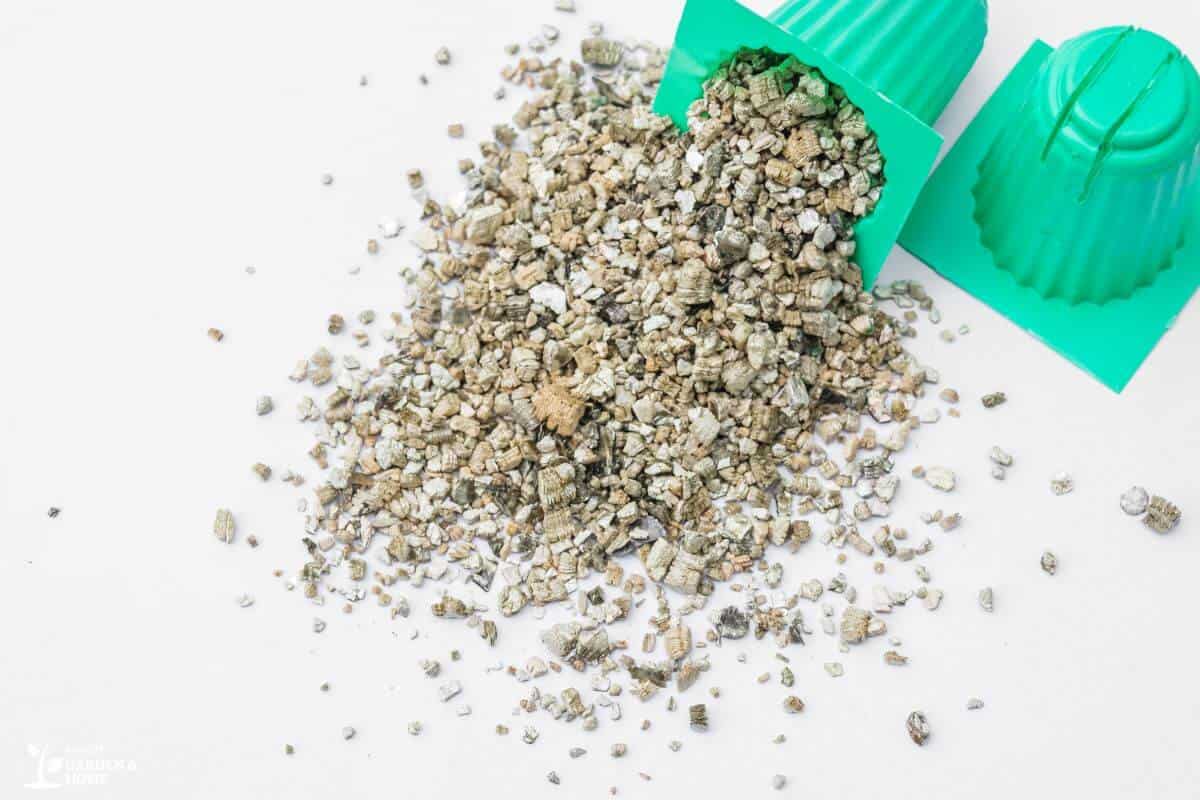
If you have a huge area allotted for your hydroponic garden, you might want to consider the costs as this will require several bags of vermiculite.
This growing medium isn’t always available and can become rather expensive, should you need to stock up when you can and keep a budget for it.
3. Bacteria
As with any medium that can retain much moisture, vermiculite creates a perfect habitat for bacteria. When this bacteria covers up your plant roots, it may suffocate and kill them.
Also, bacteria will quickly start to absorb all the oxygen and nutrients from the water and starve your plants. This will negatively affect their growth and starve them.
Tips for Using Vermiculite in Hydroponics
Vermiculite is a unique growing medium that is popular among many growers. Keep this in mind when using this substrate:
1. Water Before Use
Rinse, rinse, and rinse. Rinse your vermiculite with pH-balanced water before using it in your hydroponic system to free it from dirt and dust.
Once done, you can now safely install it in your garden.
2. Add Perlite
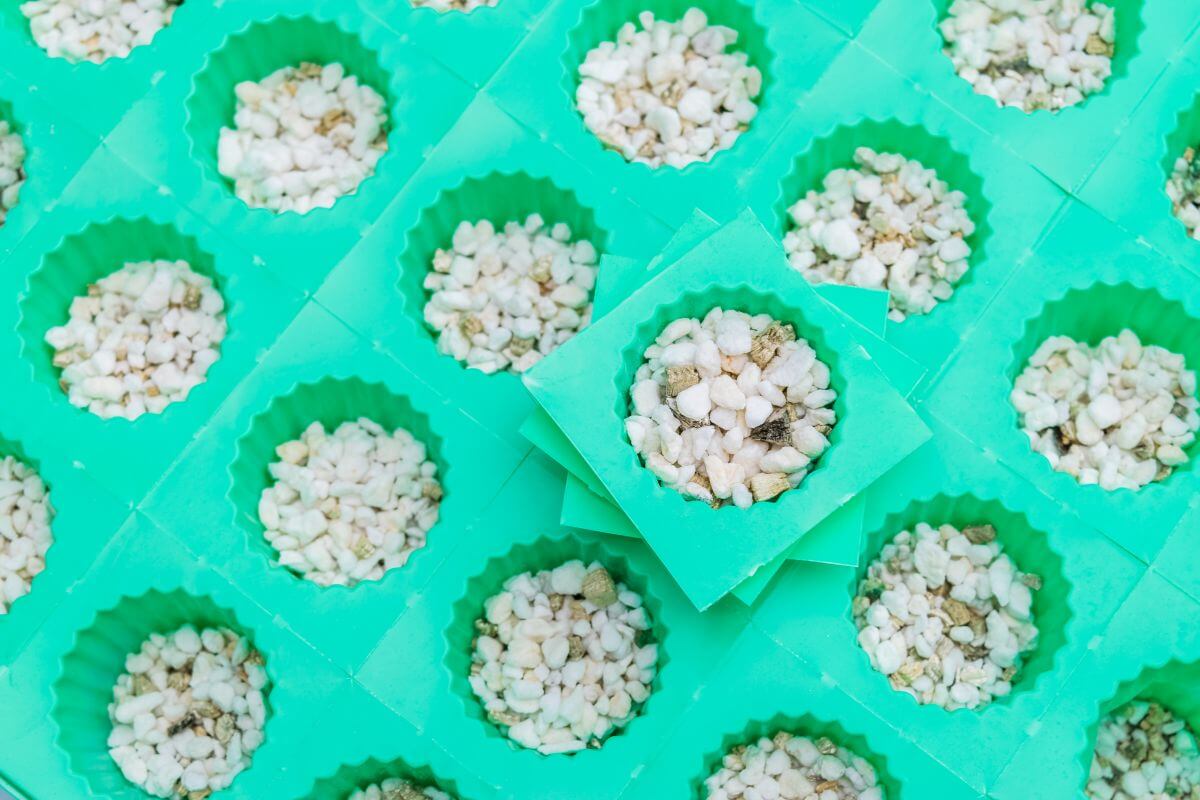
Vermiculite on its own has poor drainage and can become rather soggy when watered. You will need to add an alternative growing medium to your vermiculite to improve drainage.
Perlite is a form of volcanic glass that is a result of extreme heat. Adding a 30-40% mix of perlite to your vermiculite growing medium will improve the airflow and provide a better-growing substrate.
Other perlite substitutes are:
- Pumice
- Expanded clay pellets
- Sphagnum peat
- Coco Coir
3. Don’t Water Frequently
Control the amount of nutrient-rich water during irrigation. When you are using vermiculite on its own, it is not necessary to water your plants daily.
Always check the top layer of your growing medium and ensure that it has dried out before the next irrigation.
Final Thoughts on Vermiculite and Hydroponics
Vermiculite is an ideal growing medium for hydroponic systems as it provides a lightweight substrate that encourages plant roots to penetrate through and absorb oxygen and nutrients.
It is better to combine vermiculite with other substrates such as perlite or its substitutes.
These elements will counter its heavy water-retaining properties and provide a more balanced environment for your plants.
Also, make sure to rinse vermiculite thoroughly before using it and control your irrigation schedule properly when using this growing medium purely.
Ensure that your hydroponic system is running efficiently and that your plant is well set to reach optimal plant growth by following all of these reminders.
If you want to discover more about hydroponics, keep that mind engaged by reading our other articles:
- Using Perlite for Hydroponics
- How to Make Hydroponic Clay Pebbles
- How to Use Rockwool in Hydroponics
- Is Pumice Good for Hydroponic Plants
Sources:
- https://extension.okstate.edu/fact-sheets/electrical-conductivity-and-ph-guide-for-hydroponics.html
- https://ag.arizona.edu/hydroponictomatoes/overview.htm
- https://www.nal.usda.gov/farms-and-agricultural-production-systems/hydroponics
- https://propg.ifas.ufl.edu/02-environment/05-substrates/10-substrate-vermiculite.html


